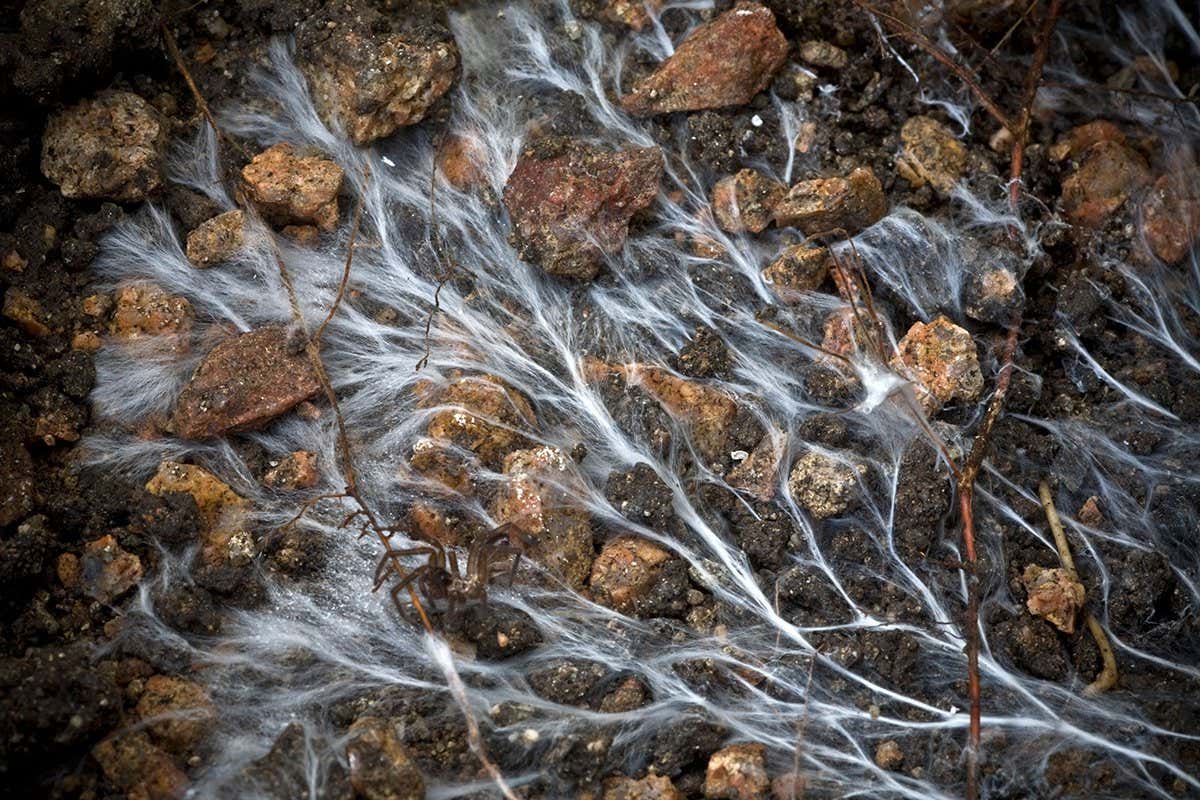Mycorrhizal Fungi: A Carbon Sequestration Solution
Introduction:
Climate change is one of the most pressing challenges facing our planet. The urgent need to reduce atmospheric carbon dioxide (CO2) has led to the exploration of various carbon sequestration methods. One promising avenue lies beneath our feet: mycorrhizal fungi. These fascinating organisms, in symbiotic relationships with plant roots, offer a natural and potentially highly effective way to lock away significant amounts of carbon in soil.
What are Mycorrhizal Fungi?
Mycorrhizal fungi are a type of fungi that form symbiotic relationships with the roots of most terrestrial plants. This mutually beneficial partnership, known as mycorrhiza, sees the fungi receive carbohydrates from the plant, while providing the plant with enhanced access to water and nutrients, particularly phosphorus. The vast network of fungal hyphae (thread-like structures) extending from the roots significantly increases the plant's root system's effective surface area.
There are two main types of mycorrhizae:
- Ectomycorrhizae: These fungi form a sheath around the root tips, extending hyphae into the surrounding soil. They are commonly associated with trees like pines, oaks, and birches.
- Endomycorrhizae (Arbuscular Mycorrhizae): These fungi penetrate the root cells, forming structures called arbuscules. They are more widespread, associating with the majority of plant species.
Mycorrhizal Fungi and Carbon Sequestration: The Mechanism
The role of mycorrhizal fungi in carbon sequestration is multifaceted:
- Increased Carbon Uptake by Plants: The enhanced nutrient uptake facilitated by mycorrhizal fungi leads to improved plant growth and photosynthesis, resulting in greater carbon fixation.
- Carbon Storage in Soil: A significant portion of the carbon acquired by plants is transferred to the mycorrhizal fungi, which store it within their hyphae and in the surrounding soil organic matter. This creates a stable, long-term carbon sink.
- Soil Aggregation and Stability: Mycorrhizal hyphae bind soil particles together, improving soil structure and stability. This enhances carbon storage by reducing soil erosion and creating a more favorable environment for carbon retention.
- Reduced Greenhouse Gas Emissions: Healthier soils with robust mycorrhizal networks are less prone to releasing greenhouse gases like methane and nitrous oxide.
The Potential of Mycorrhizal Fungi in Climate Change Mitigation
The potential of utilizing mycorrhizal fungi for carbon sequestration is immense. Research indicates that enhancing mycorrhizal networks in various ecosystems could significantly increase soil carbon stocks. This offers a natural, cost-effective, and scalable solution to climate change mitigation, complementing other carbon reduction strategies.
Challenges and Future Research
While the potential is significant, several challenges remain:
- Understanding Ecosystem-Specific Dynamics: The effectiveness of mycorrhizal fungi varies across different ecosystems and plant species. More research is needed to optimize their application in various environments.
- Long-Term Monitoring: Long-term studies are essential to fully understand the long-term carbon sequestration potential of mycorrhizal fungi and assess their resilience to environmental changes.
- Practical Applications and Scaling Up: Developing practical methods for enhancing mycorrhizal networks on a large scale requires further research and innovation.
Conclusion: A Promising Path Forward
Mycorrhizal fungi represent a promising natural solution for carbon sequestration. By promoting healthy plant growth and enhancing soil carbon storage, these remarkable organisms offer a valuable tool in the fight against climate change. Further research and investment in this area are crucial to unlocking the full potential of mycorrhizal fungi in creating a more sustainable future. Further research into practical applications and large-scale implementation is needed to harness the full potential of this natural carbon sequestration solution.
Keywords: Mycorrhizal fungi, carbon sequestration, climate change, soil carbon, ecosystem services, carbon sink, fungi, mycorrhizae, sustainable agriculture, environmental solutions, climate change mitigation.

